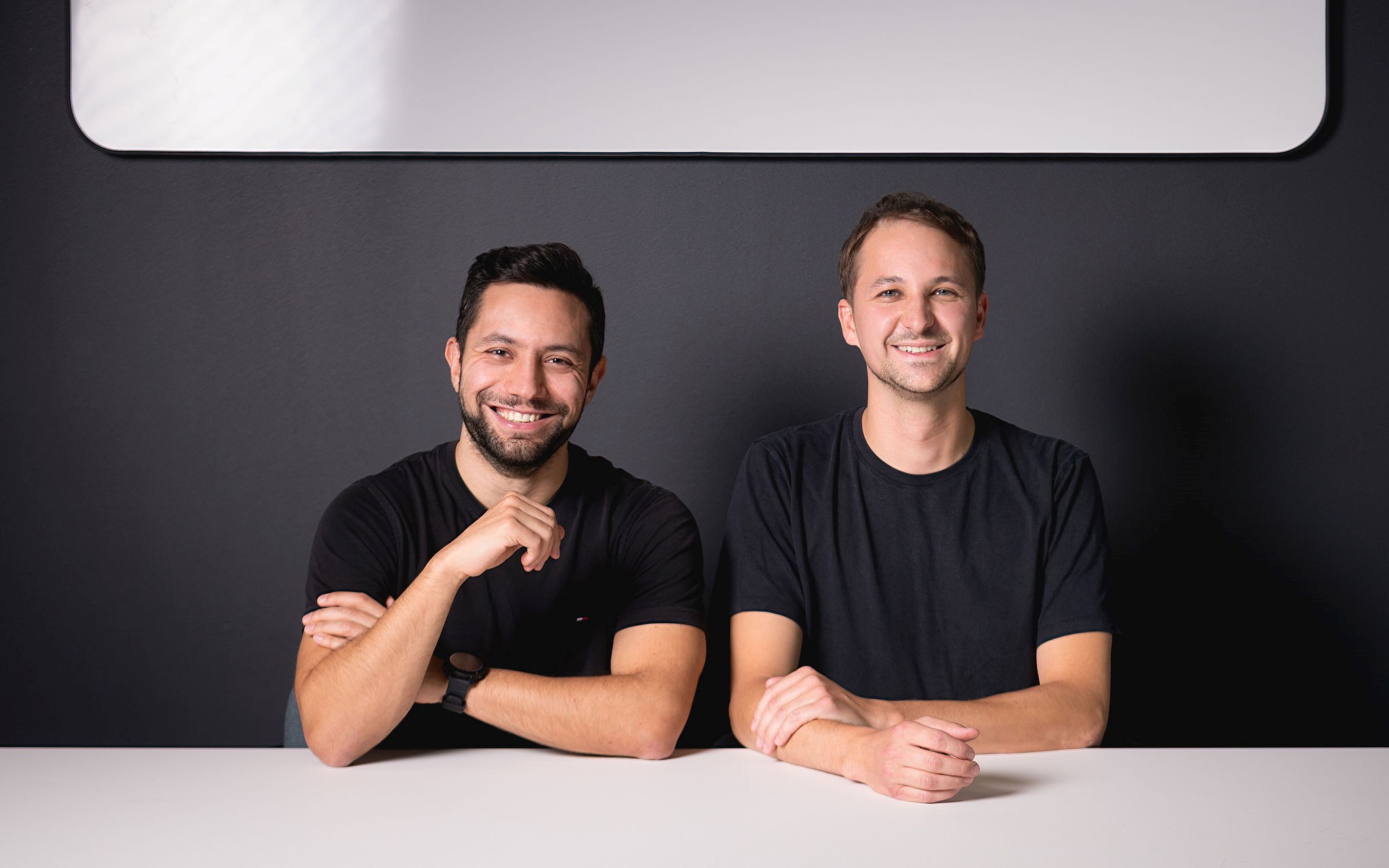promiseQ is re-thinking the security industry with AI-supported video surveillance
A shadow, a moving animal or rain - anyone who relies on video surveillance to secure their buildings or companies is often faced with false alarms. The flood of video data generated by these systems poses a major challenge for security staff. Alarms are sent unfiltered to the emergency control centres where they then have to be verified by humans. The rate is high: over 98% of the alarms triggered are harmless. But they cost time, money and resources. In the worst-case scenario, they not only lead to unnecessary deployments - they can also distract from real threats. If employees have already clicked a cat away on 99 occasions, they will do the same the hundredth time - except that now it’s a real emergency.
The MediaTech Hub startup promiseQ has set itself the goal of solving this problem with the help of artificial intelligence (AI). promiseQ’s AI-based platform analyses video data in real time and automatically filters out false alarms. This allows security staff to focus on the essentials and be able to recognise and respond to genuine threats more swiftly.
promiseQ’s AI platform is based on a deep learning algorithm that was trained with millions of video data. The algorithm is able to recognise different patterns and objects in videos and thus distinguish between genuine and false alarms. Genuine alarms are forwarded, while the others are filtered out. But that’s not all. As founder Tolga Ermis explains: “We have developed a holistic platform around the AI filter, a video intelligence platform. You can use it to connect to cameras live, manage customers and properties, and identify and change blind spots or out-of-focus settings. If someone has changed the direction of the camera or covered it with paint or glue, this can also be quickly identified using stored reference images.”
Camera systems are trained using external AI hardware
Together with his partner Elias Kardel, Ermis had already worked on automated driving projects for car manufacturers, focusing on such subjects as crowdsourcing for AI training and camera-based lane keeping for moving cars. They came together to launch promiseQ with the idea of combining AI and crowdsourcing - i.e. with the participation of humans. The team now comprises over 30 employees who are constantly developing the idea. The focus is no longer on the human review factor, i.e. the cross-check between AI and crowdsourcing, but this is still being offered as a premium model for the AI false alarm filter.
They have just launched a new product, the promiseQube. This brings real-time hardware in a box and enables extensive AI features to be added to security systems on-site. “We can make any ’stupid camera’ ultrasmart with the box,” Tolga Ermis says. The Qube recognises the various object classes - these are currently, for example, people and moving vehicles. Internal tests are being undertaken with the zero-shot model used in machine learning to see how a variety of object classes could be defined in future. Depending on such specifications as “white trainers”, “people with masks”, “people with blue pullovers”, “people with helmets” - or very critical objects like fire or people carrying knives.
The high-performance hardware gives security companies unprecedented flexibility. They had previously had to rely on camera manufacturers to specify the alarm definition. If you wanted to filter out object classes such as fire or vehicles with certain licence plates, you were having to rely on what the manufacturers offered and their training of the cameras via traditional neural networks. As Ermis explains: “Such traditional neural networks are like little children who have to be shown everything a thousand times. For example: here’s a picture of a knife, here’s one of a knife in the dark, here’s one of a fork, here’s a knife from the side angle. It takes huge amounts of data for the camera to be able to react to the corresponding situation.”
A game changer, not only for the security industry
The zero-shot model is currently being updated for the promiseQube - pre-trained with the freely available knowledge of the entire Internet. It can now be compared to a university graduate instead of to a small child, Ermis suggests. The Qube can provide cameras with context and knows what the objects it is searching for look like in hundreds of variations. The specifications are made in natural language: “Please recognise people in blue pullovers.”
The promiseQ team is also working on the possibility in future of using this to control and activate doors, loudspeakers, locks or fog machines. “You could describe the promiseQube as being like Amazon’s Alexa, but with tooth and nail,” Ermis says.
In future, promiseQ would like other sectors to have access to such flexible camera specifications which are possible thanks to zero-shot machine learning. The retail sector would be a logical partner. Which aisles are the busiest? What are the customers’ demographics? AI-supported video surveillance could provide a swift analysis and then automatically check stock levels. At the moment, though, the start-up is focusing on revolutionising the security industry. Demand for the first promiseQubes is so high that there is now a waiting list for the next production run which is planned for early summer.
About MTH Blog
The media technologies of the future are already being used today – not only in the entertainment sector, but also in a wide variety of industries. Christine Lentz meets up with tech enthusiasts, established companies and researchers for our monthly MediaTech Hub Potsdam blog to tell the stories behind the innovative business models.



